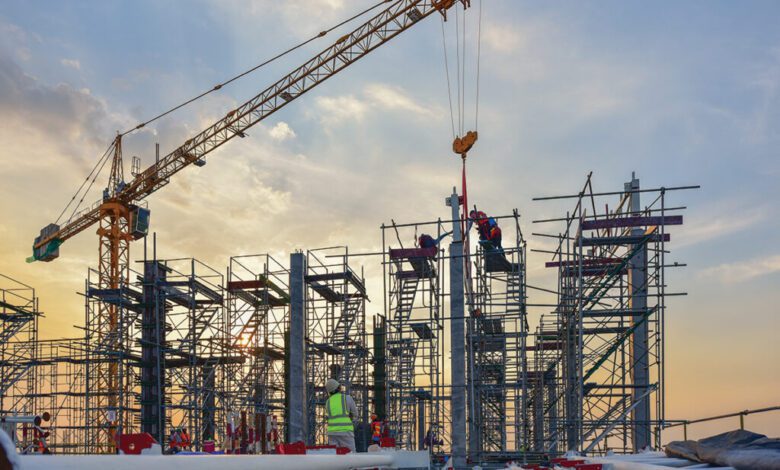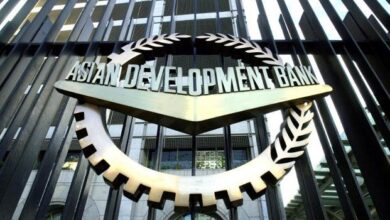Maharashtra gives nod to a new city called ‘Third Mumbai’
The city 'New Mumbai' will focus on providing improved housing, robust infrastructure, and enhanced transport facilities for its residents.

In a key decision aimed at addressing the needs of the growing population in the Mumbai Metropolitan Region (MMR) and boosting economic growth, the government of Maharashtra has approved a detailed proposal for the creation of a city named ‘Third Mumbai.’
The upcoming city will focus on providing improved housing, robust infrastructure, and enhanced transport facilities for its residents. ‘Third Mumbai’ is planned to be situated near the Navi Mumbai International Airport, connected efficiently through the Mumbai Trans Harbour Link, also known as the Atal Bihari Vajpayee Sewri-Nhava Sheva Atal Setu.
This development was approved last week, marking significant progress towards meeting the growth needs of the region. The Mumbai Metropolitan Region Development Authority (MMRDA) is expected to lead the transformation of the remote areas of the MMR, with support from a specialized body, the New Town Development Authority (NTDA).
Areas Under Transformation: From Ulwe to Karjat
NTDA will be responsible for transforming extensive regions, including Ulwe, Pen, Panvel, Uran, Karjat, and their surrounding areas, covering a vast 323 square kilometers. Around 200 villages within the Navi Mumbai Airport Influence Notified Area (NAINA) are expected to integrate into the NTDA. The emphasis is on making ‘Third Mumbai’ a fully developed city, featuring both high-end and affordable residential areas, business complexes, data centers, multinational corporation hubs, banks, financial companies, and comprehensive knowledge parks.
In addition to these, a robust public transportation system is being developed. The mission of the proposed city is to stimulate economic activities and make a substantial contribution to India’s Gross Domestic Product (GDP).
Customizing the Future of MMR
The plans include the construction of a new Bandra-Kurla Complex in Kharghar, covering approximately 150 hectares. This will serve as a concentrated commercial area, intended to attract both Indian and foreign companies. The broader vision aligns with the government’s goal of transforming the MMR into an area capable of generating a potential USD 0.25 trillion economy. Currently, Mumbai spans nearly 600 square kilometers, Navi Mumbai about 344 square kilometers, and NAINA about 370 square kilometers, collectively encompassing 174 villages.
MMRDA and NITI Aayog Collaboration
MMRDA and NITI Aayog, the country’s planning body, are collaboratively working to increase Mumbai’s GDP from the existing $140 billion to $300 billion by 2030. The ‘Third Mumbai’ is poised to play a crucial role in this economic roadmap. The Mumbai Trans Harbour Link and the Navi Mumbai International Airport are predicted to add significant value to India’s GDP, possibly contributing 1 percentage point.
The new airport, scheduled to commence operations next December, will not only alleviate the burden on Mumbai’s current airport but also improve regional connectivity. The airport will start with a capacity to handle 20 million passengers per year.
Balancing Growth with Affordable Housing
There have been concerns regarding opportunities for affordable housing, especially in places like NAINA, due to increased development costs. Developers stress the importance of balancing economic growth with accessible housing for sustainable urban development.
To improve public transportation, the Mumbai Rail Vikas Corporation is introducing the Panvel-Karjat suburban rail corridor at Rs 812 crore. Expected to be fully operational by December 2025, this project includes three tunnels, two rail flyovers, and five railway stations. It aims to establish a strong connection between Navi Mumbai and the Raigad district of MMR, reducing congestion on local trains and triggering overall development in Panvel, Karjat, NAINA, and the proposed NTDA.
You might also be intersted in – Mumbai will soon see implementation of a climate resilient project



